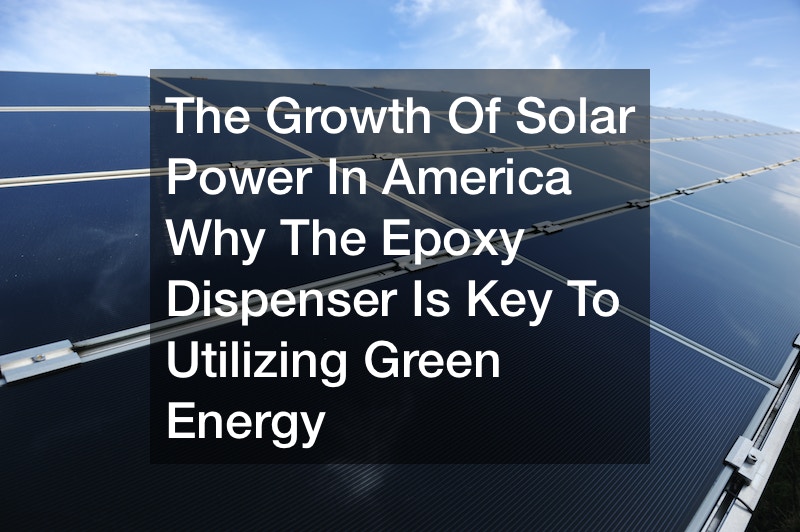
updated 10/24/2022
A solar panel is a device that generates electricity by harnessing the energy of the sun. This is done using photovoltaic panels. Solar energy is a renewable energy source and by utilizing it, carbon emissions are also reduced. This can be harnessed from anywhere in the world. Homes and buildings can be heated by generating electricity from the sun’s rays. Swimming pools can be heated as well. This reduces the cost of electricity.
A solar panel consists of a glass casing, a metal frame, and a silicon cell layer. Silicon is used because it is conducive and absorbs sunlight properly. This solar energy is converted into an electric current (DC). The photovoltaic effect refers to this conversion process. An inverter converts DC to AC, which is the form of electricity mainly used. The AC electricity then flows to the breaker box in the house or building.
This is used to finance solar systems for home and business owners. Check online to see if there are any such programs available near you. To start harnessing solar energy, consult a solar power provider and get solar panels installed. If you’re still interested in a solar energy financing program it’s always good to do more research online.
Everyday we see the epoxy dispenser hard at work.
We see it when figuring out how to properly keep critical components in a data center working properly. We see it again when it comes to building solar panels that are designed to withstand heat and the test of time. Gear metering systems may be better than they’ve ever been, but that’s no reason not to use a critical eye when investing in your next purchase. A dispensing solution that’s too runny or loose will not just fail to meet your expectations, they can even affect the quality of your product and leave it in a bad spot in the future. With solar power only getting more and more common by the day, figuring out your epoxy dispenser now will pay off big time.

Learn more about dispensing valves, potting compounds and the growth of solar power below.
People want affordable energy. They want to know it’s efficient enough to deliver on their day-to-day needs, but they want to cultivate a green approach to support the environment. All these details may seem a tall order, but solar power is a gift that just keeps on giving. Today we’re seeing small businesses, large companies and individual homes taking advantage of the unique qualities of solar power. It’s estimated there are one and a half million solar installations in the United States, with this number only expected to double by the end of 2018 and triple before 2022.
Not only are solar panels incredibly effective at delivering on high energy costs with less output, they’re more affordable than ever before. The cost of solar panels has fallen by more than 100 times since the 1970’s. Today they’re half as cheap as they were in 2008, with the added benefit of being more environmentally sustainable than most other forms of long-term energy. Scientists have estimated a mere 0.0005% of the earth’s surface would need to be covered with solar panels to supply all of our energy needs. Today nearly 250,000 Americans work in the solar power industry across 9,000 companies.
Other lighting models that pair well with solar energy include LEDs, considered by many to be the new standard in multiple areas of society. LED lighting resources use just 15% of the energy a standard halogen light uses while still providing up to 85% more light output. The U.S. Department Of Energy believes LED lighting has the potential to reduce American energy output by a staggering 50%. That’s a lot of money that can be redirected toward marketing, civil engineering and countless other sectors. Thanks to the advanced epoxy dispenser, this isn’t just a distant statistic.
Meter mix dispense equipment needs to be carefully mixed and applied. Failing to do so can cost you both money and your client’s confidence in your business. Potting compounds are required to flow very well to fully encapsulate the electronic components without leaving any voids or air bubbles. This is where the viscosity of the potting compound comes into play. Most potting compounds have a viscosity between 400 cps to 50,000 cps, depending. During the curing process your potting compounds can reach temperatures of 200 degrees Celsius or higher.
This dynamic material means you need to always keep an eye out for anything that could go wrong during the process. Just like any other polymers your potting compounds will shrink as they cure, by as much as 2% for an unfilled epoxy potting compound. Combined with the risk of air bubbles and tiny gaps those are a lot of variable details that can get in the way of you and your quality. Your epoxy dispenser should be checked on a yearly basis to ensure it’s meeting your standard. This may mean requesting a custom model for your specific brand.
Solar power is here to stay. Are you and your meter mix systems ahead of the curve?
